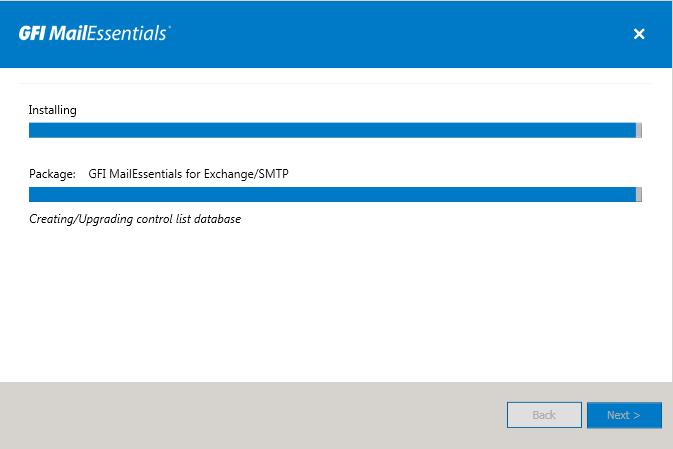

Astrocytes also need Na, K ATPase pump to maintain the sodium gradient as the sodium gradient maintains neurotransmitter reuptake. Neurons need the Na, K ATPase pump to reverse postsynaptic sodium flux to re-establish the potassium and sodium gradients which are necessary to fire action potentials. The brain also requires NA, K ATPase activity.

Sperm needs the Na, K ATPase to regulate membrane potential and ions, which is necessary for sperm motility and the sperm’s acrosome functioning during penetration into the egg. Sperm cells also use the Na, K-ATPase, but they use a different isoform necessary for preserving fertility in males. This sodium gradient is necessary for the kidney to filter waste products in the blood, reabsorb amino acids, reabsorb glucose, regulate electrolyte levels in the blood, and to maintain pH.

The kidneys have a high level of expression of the Na, K-ATPase, with the distal convoluted tubule expressing up to 50 million pumps per cell. Sodium and potassium gradients function in various organ systems' physiologic processes. Na, K-ATPase is a crucial scaffolding protein that can interact with signaling proteins such as protein kinase C (PKC) and phosphoinositide 3-kinase (PI3K). Furthermore, the physiologic consequences of inhibiting the Na+-K+ ATPase are useful and the target in many pharmacologic applications. It plays a crucial role on other physiological processes, such as maintenance of filtering waste products in the nephrons (kidneys), sperm motility, and production of the neuronal action potential. The sustained concentration gradient is crucial for physiological processes in many organs and has an ongoing role in stabilizing the resting membrane potential of the cell, regulating the cell volume, and cell signal transduction. The sodium and potassium move against the concentration gradients. The Na+ K+-ATPase pump maintains the gradient of a higher concentration of sodium extracellularly and a higher level of potassium intracellularly. The Na+K+-ATPase pump helps to maintain osmotic equilibrium and membrane potential in cells. The plasma membrane is a lipid bilayer that arranged asymmetrically, containing cholesterol, phospholipids, glycolipids, sphingolipid, and proteins within the membrane. The Na+ K+ ATPase pumps 3 Na+ out of the cell and 2K+ that into the cell, for every single ATP consumed. The Na+ K+ pump is an electrogenic transmembrane ATPase first discovered in 1957 and situated in the outer plasma membrane of the cells on the cytosolic side.


 0 kommentar(er)
0 kommentar(er)
